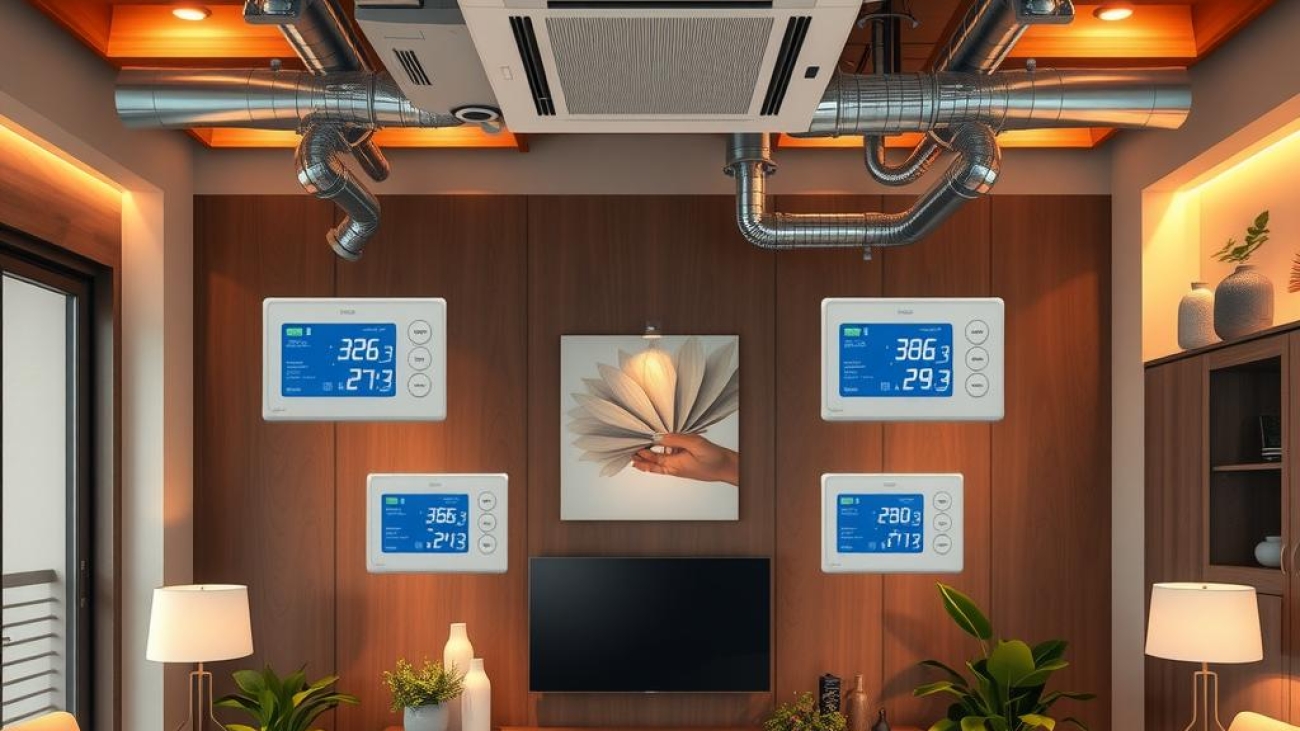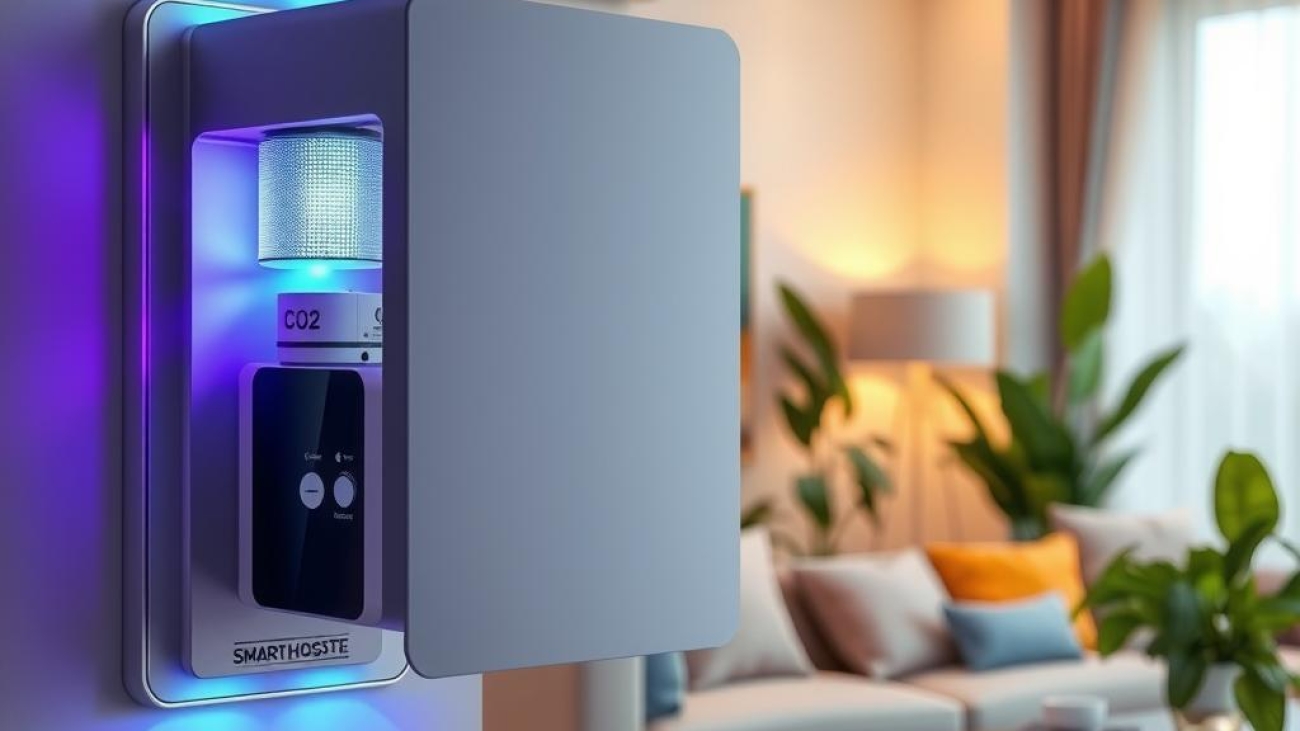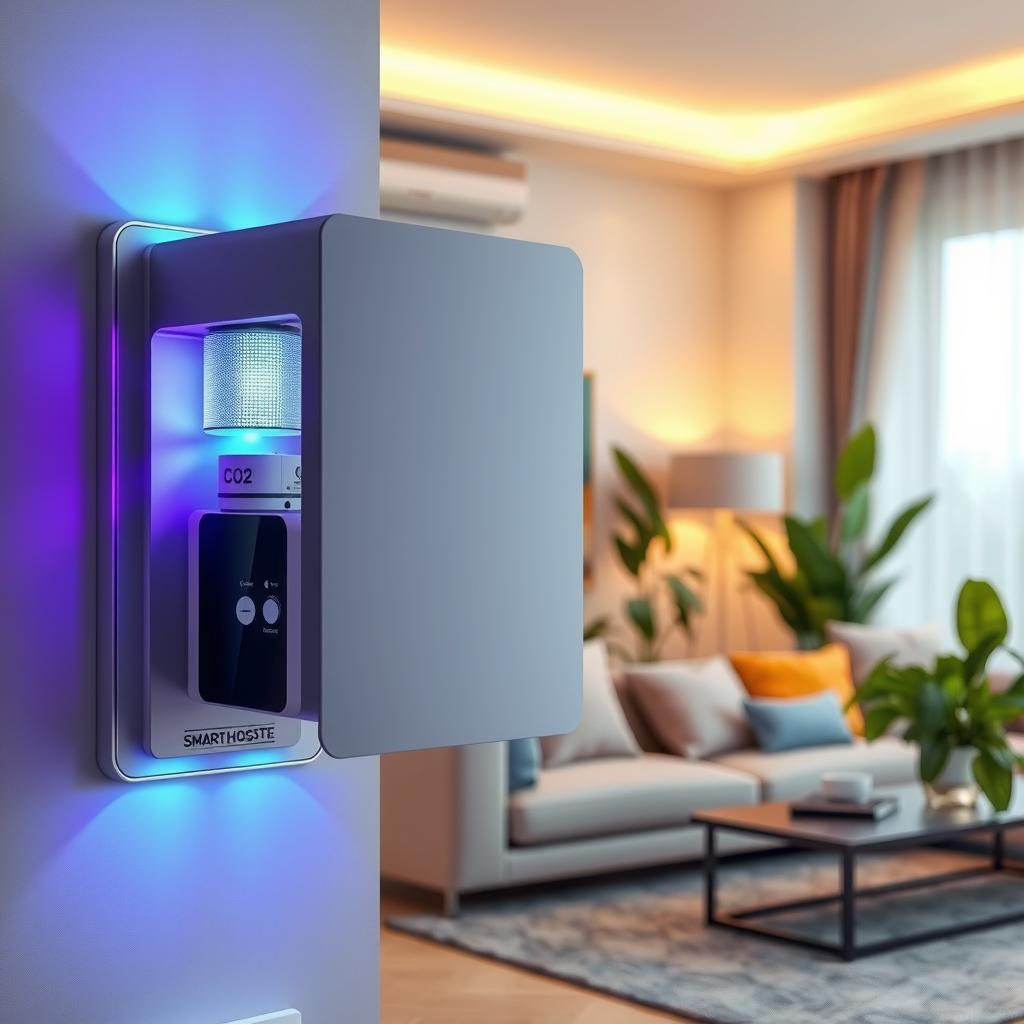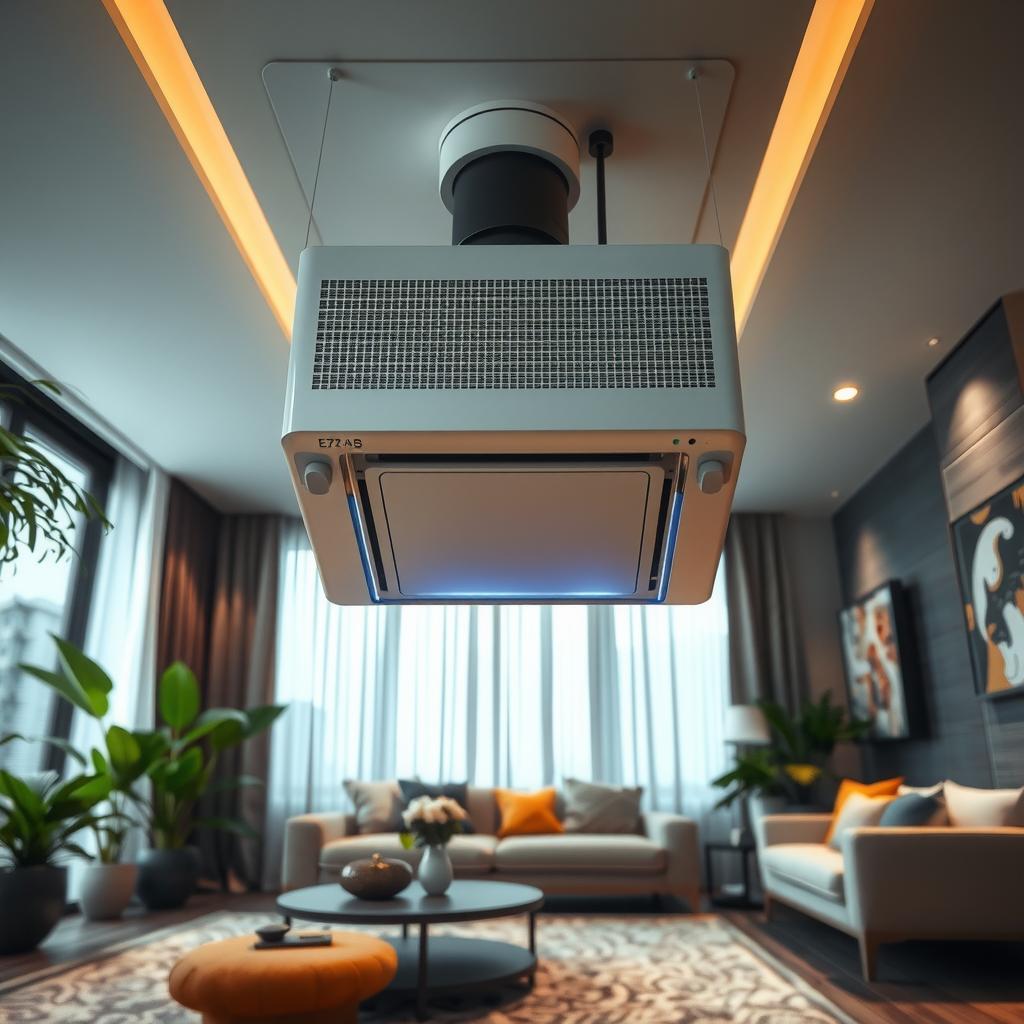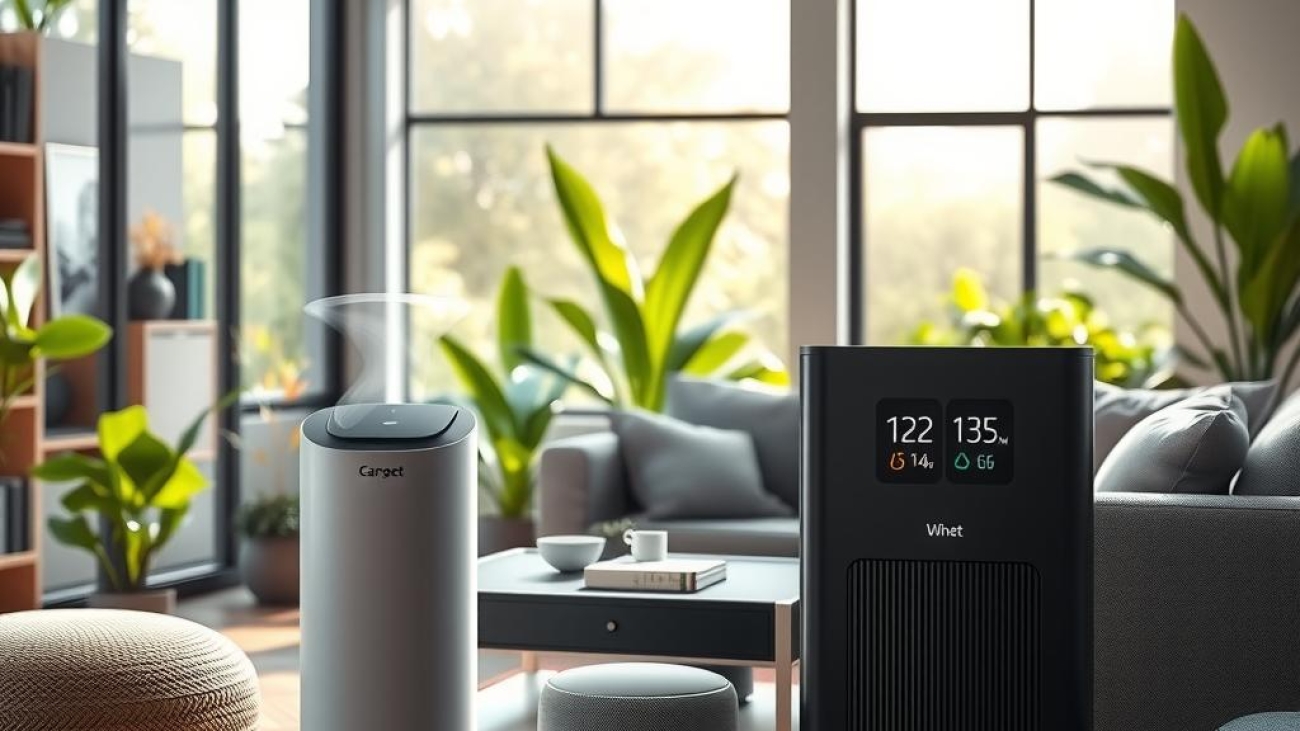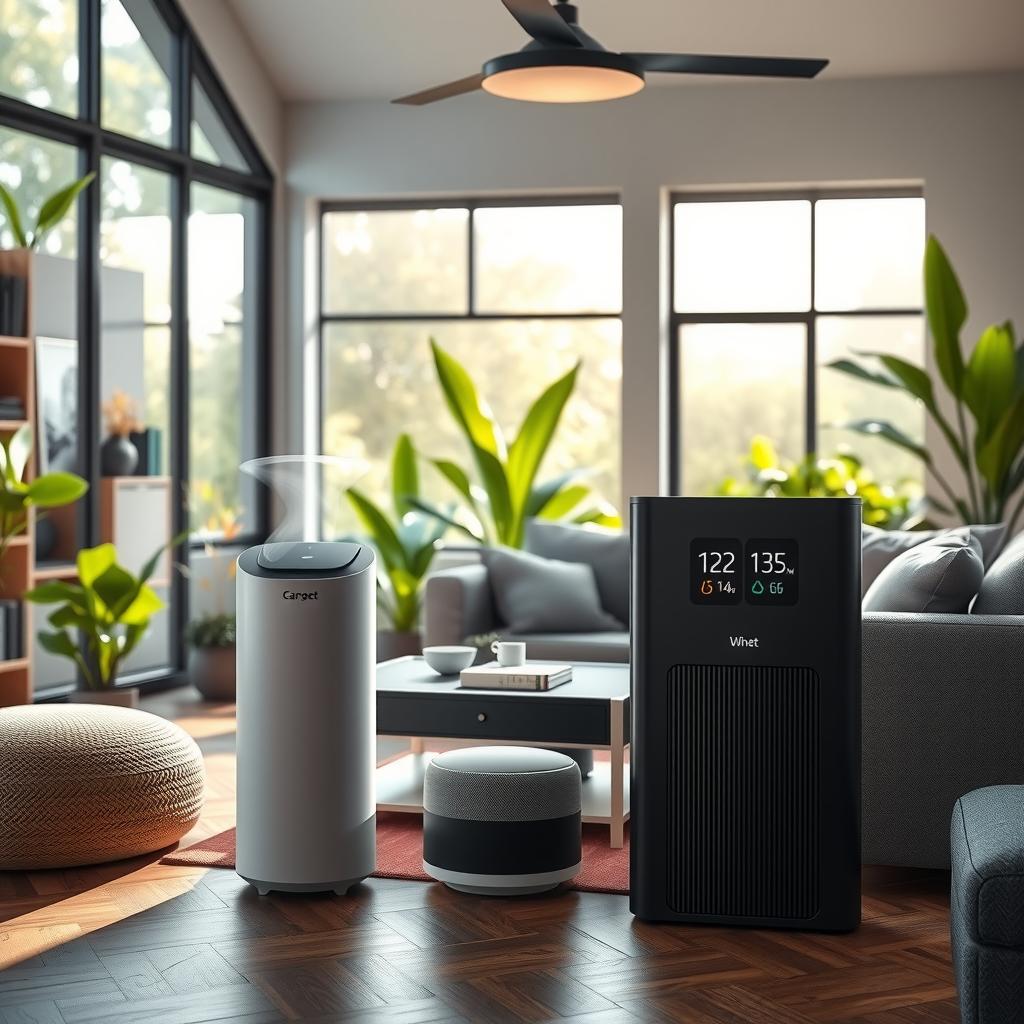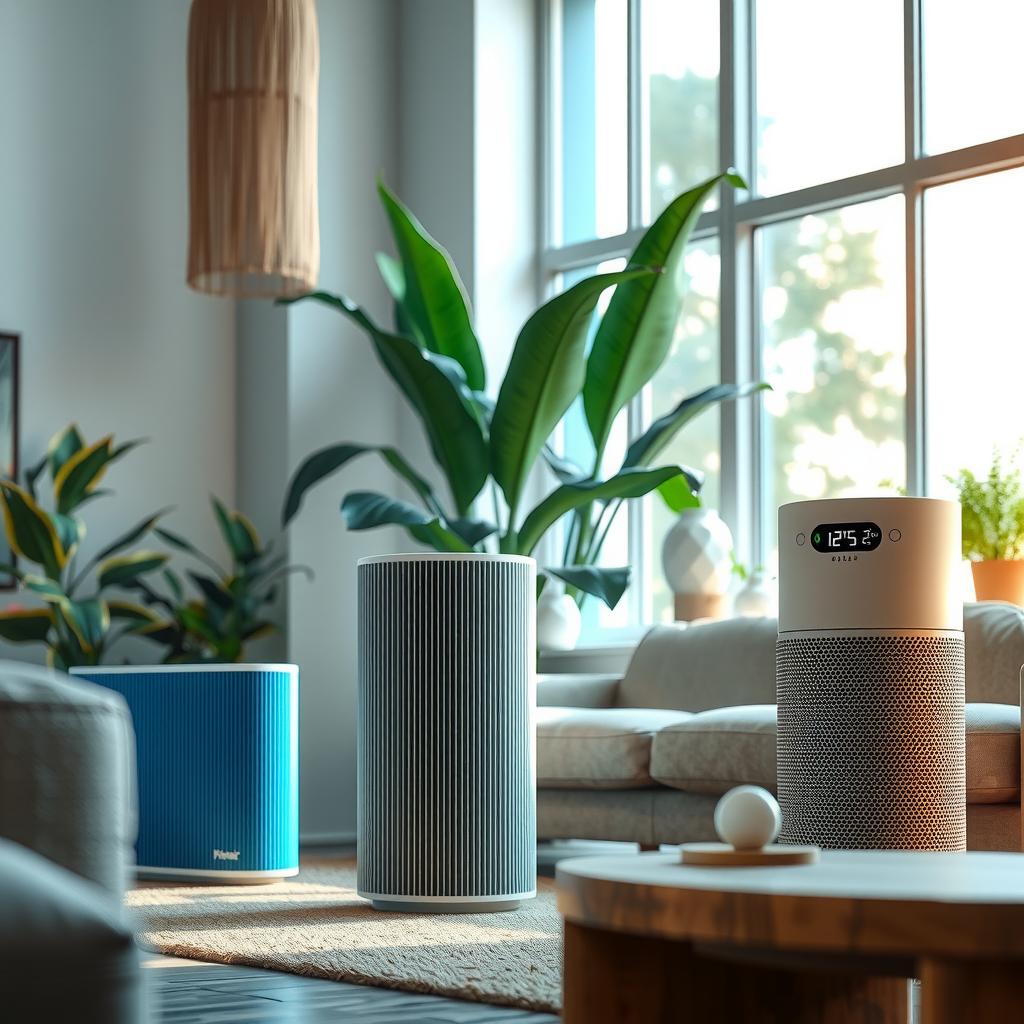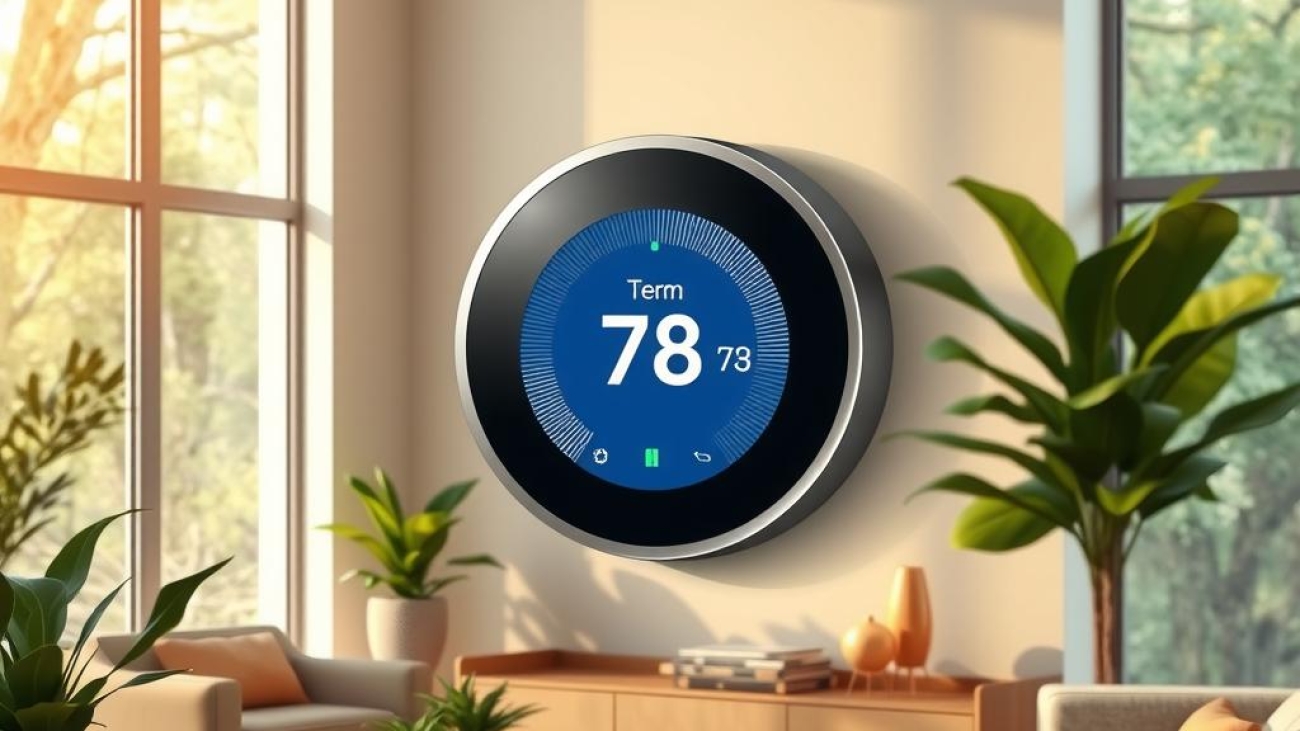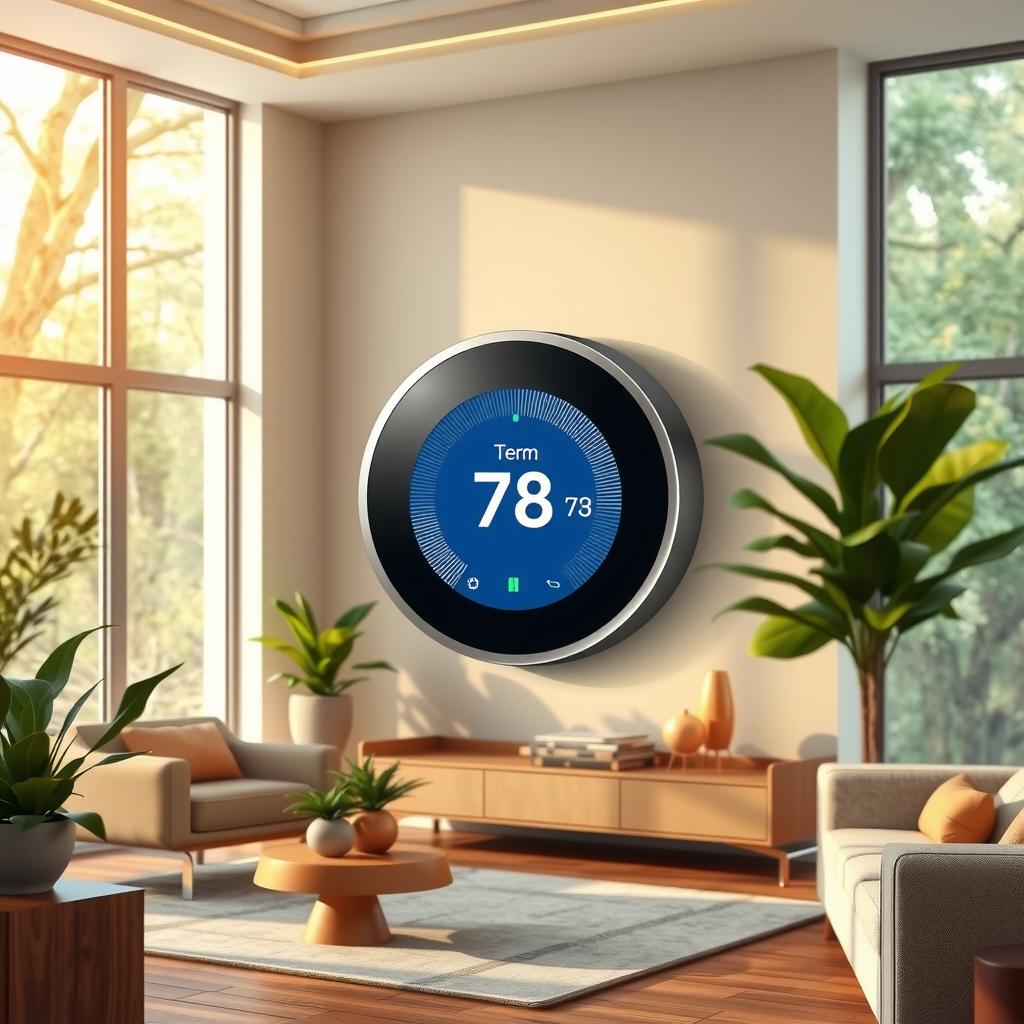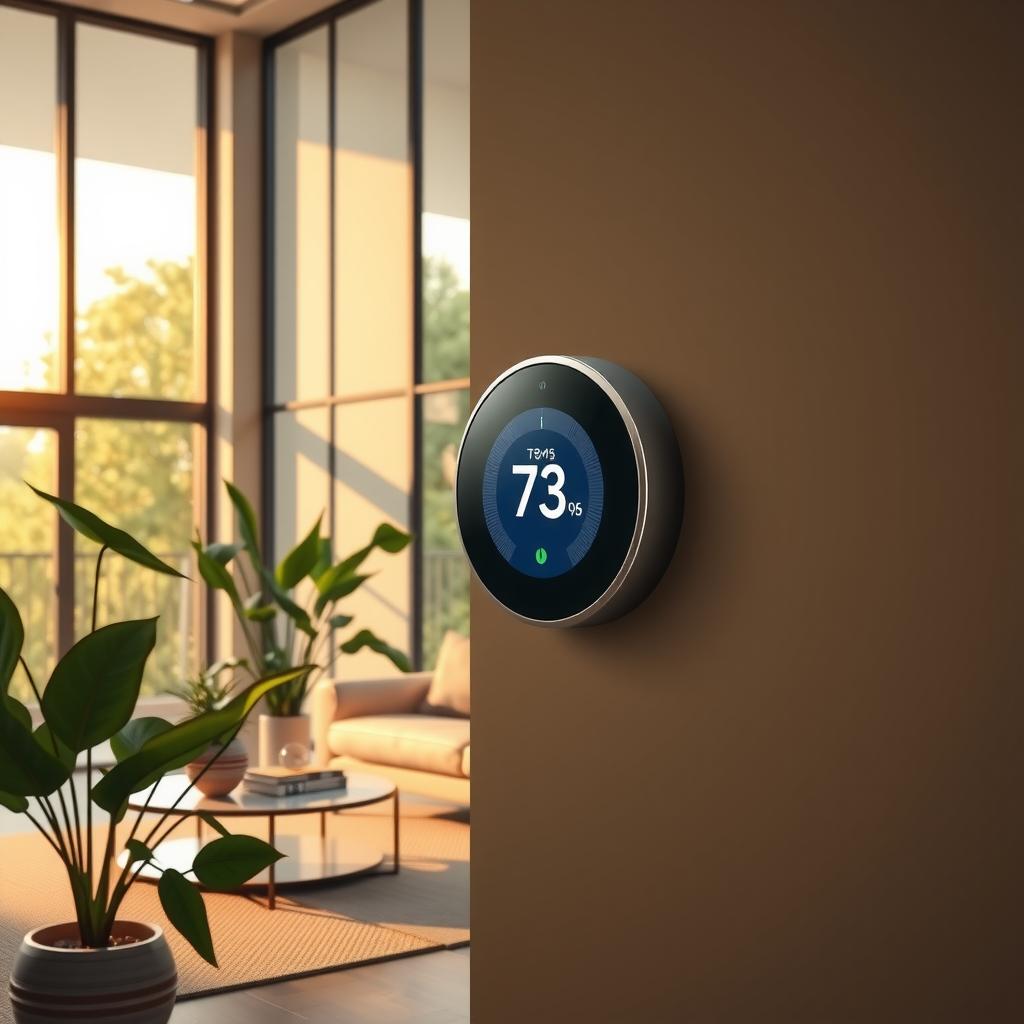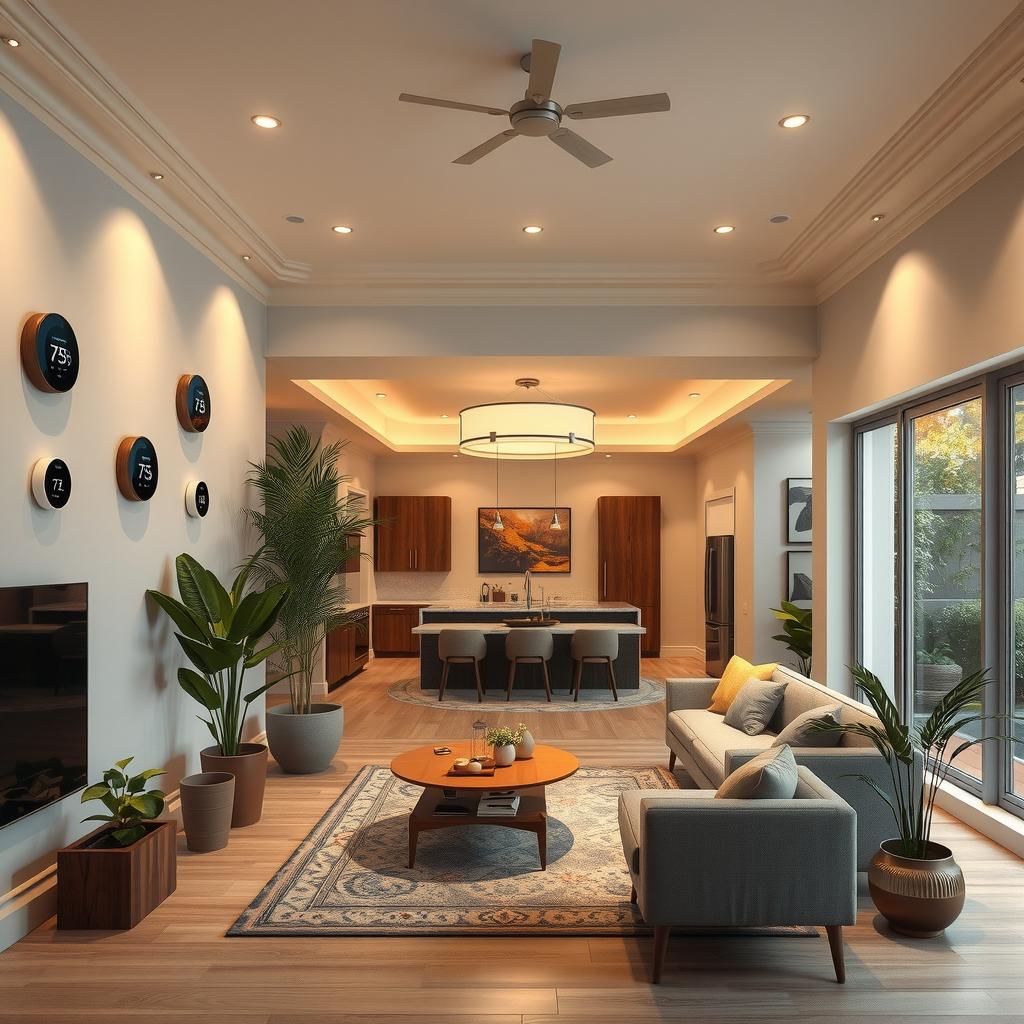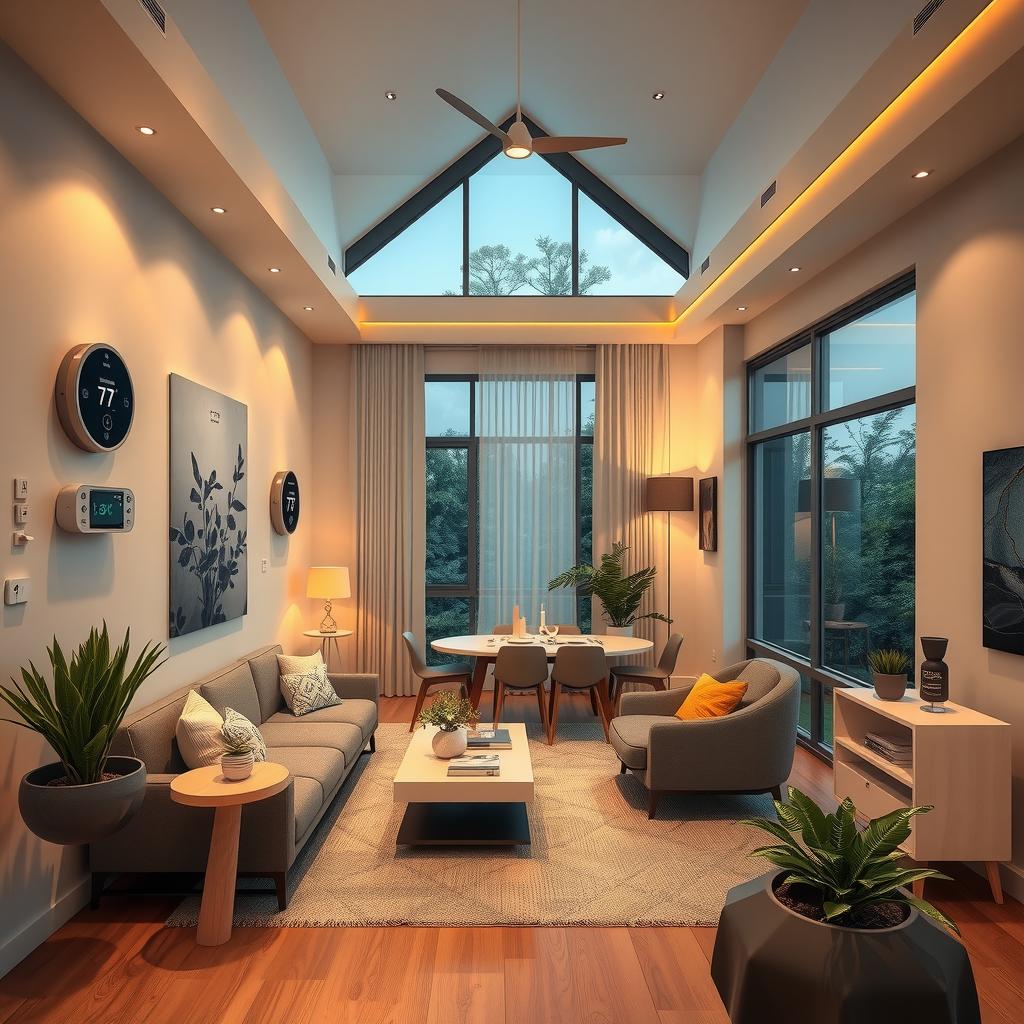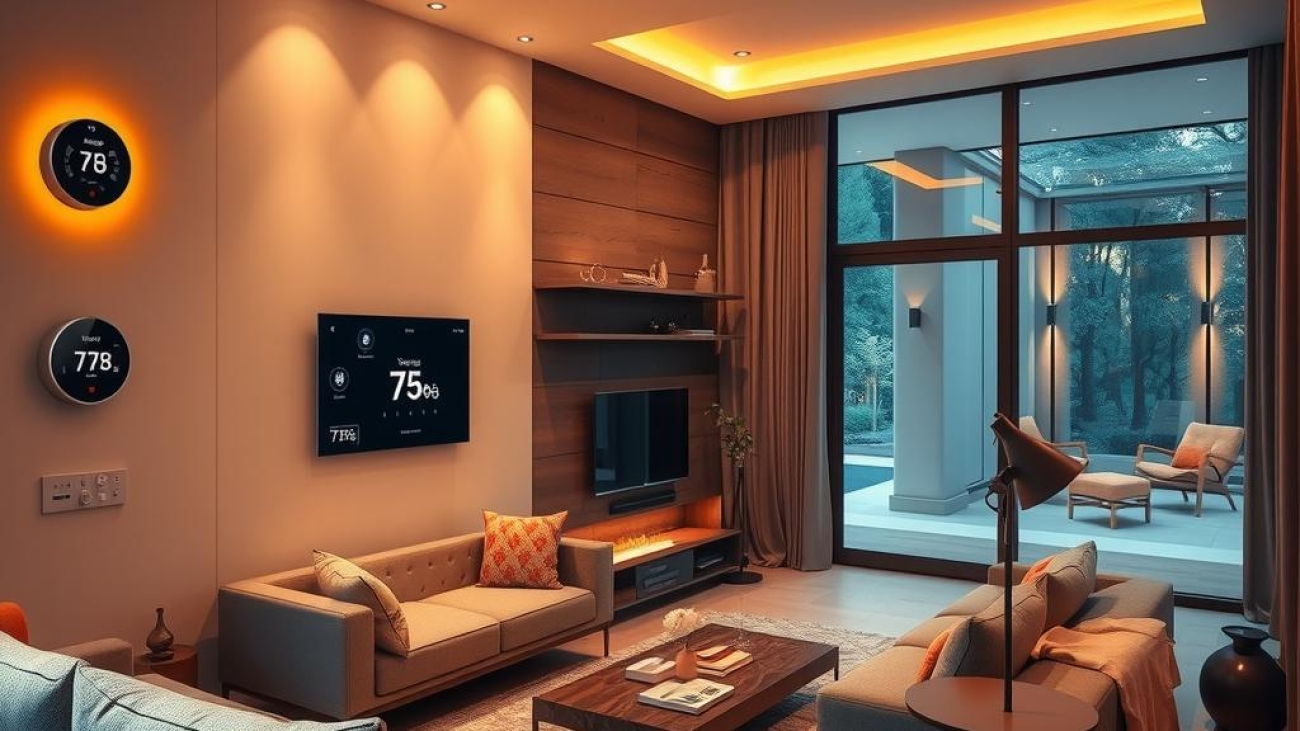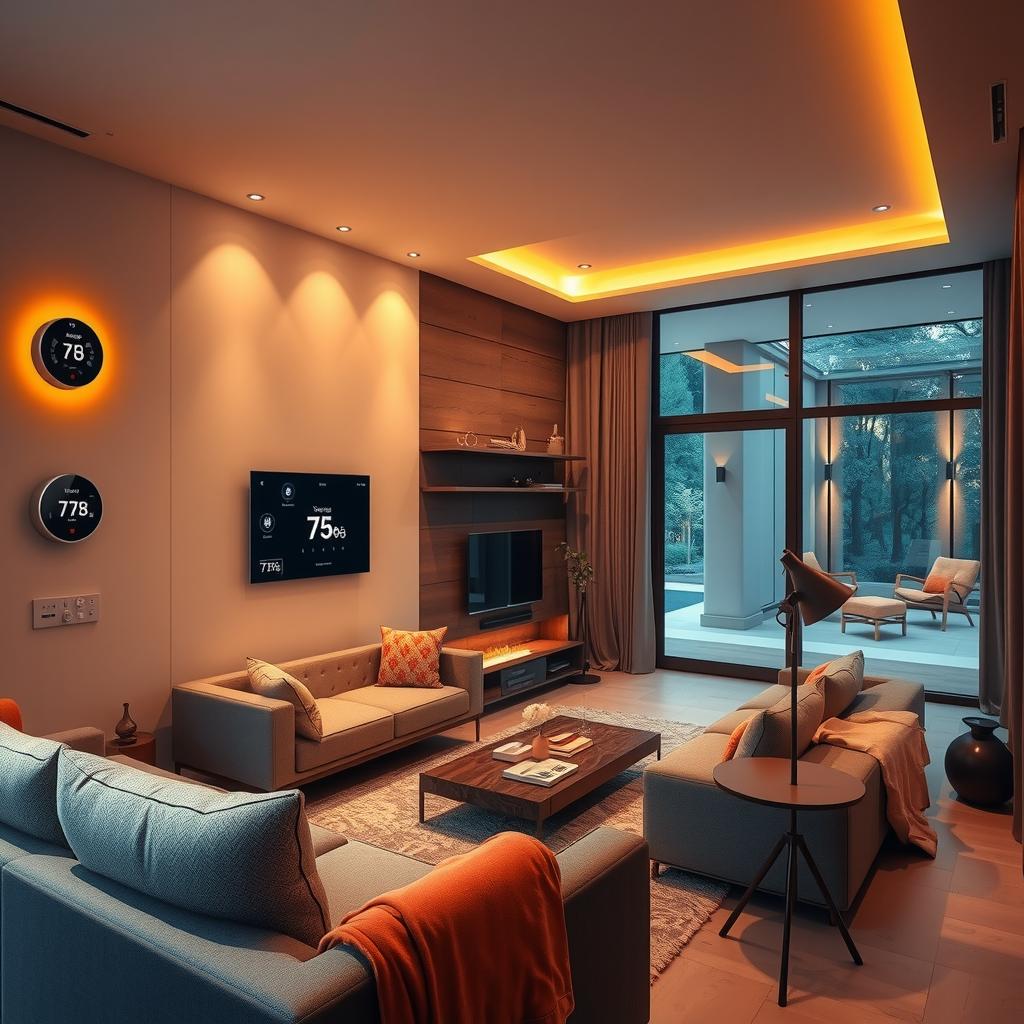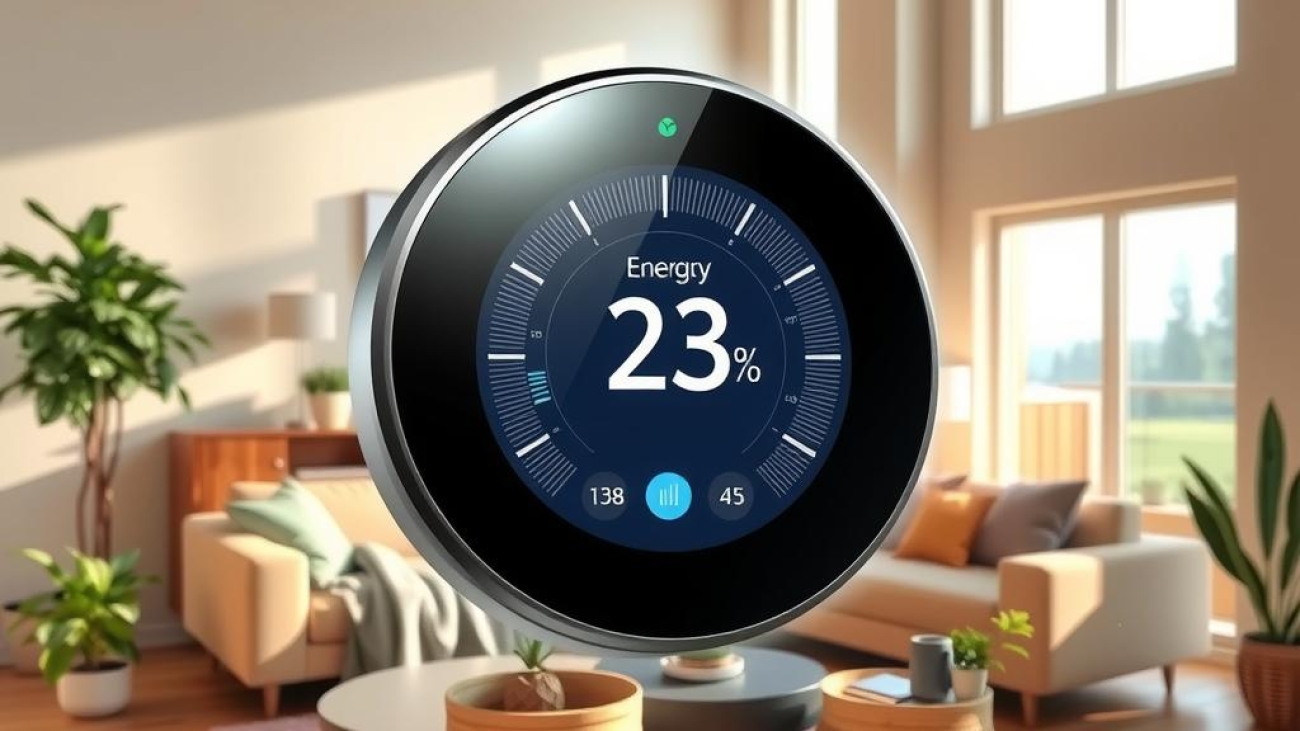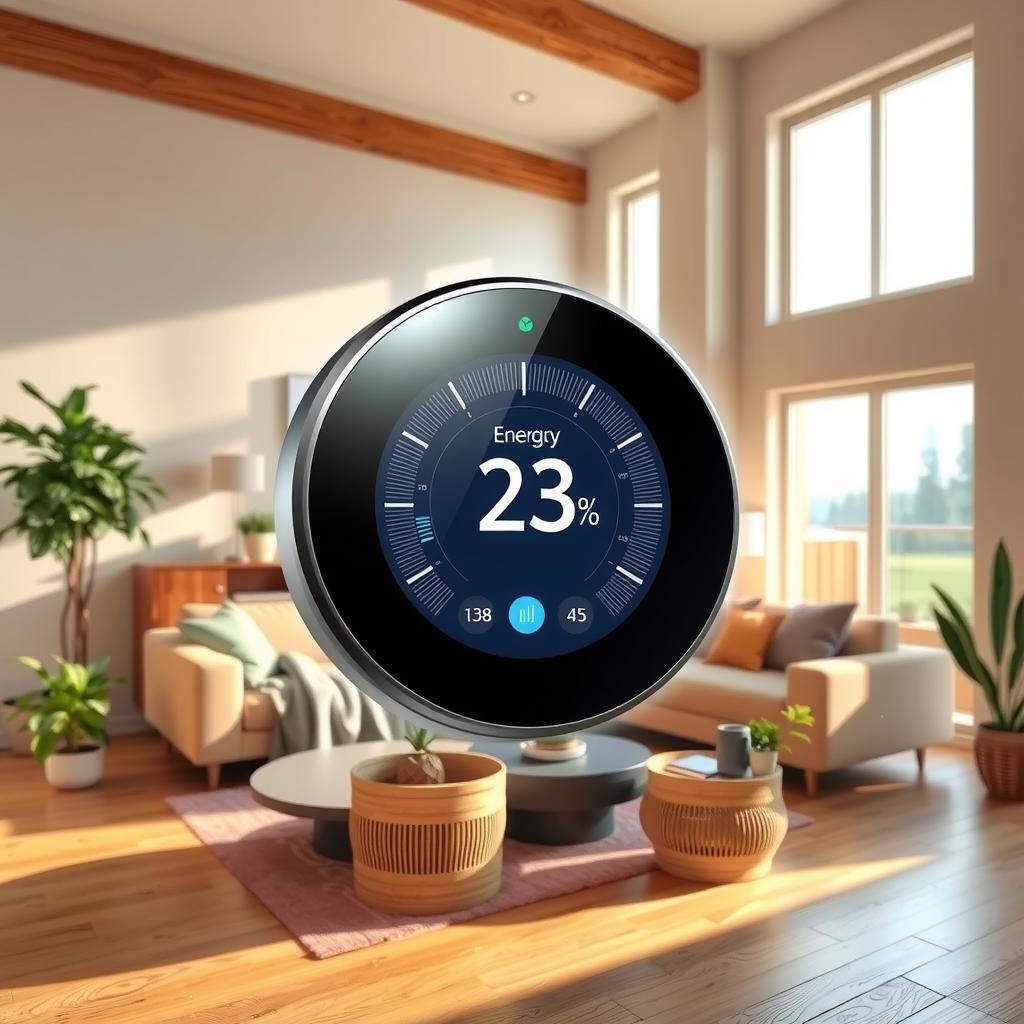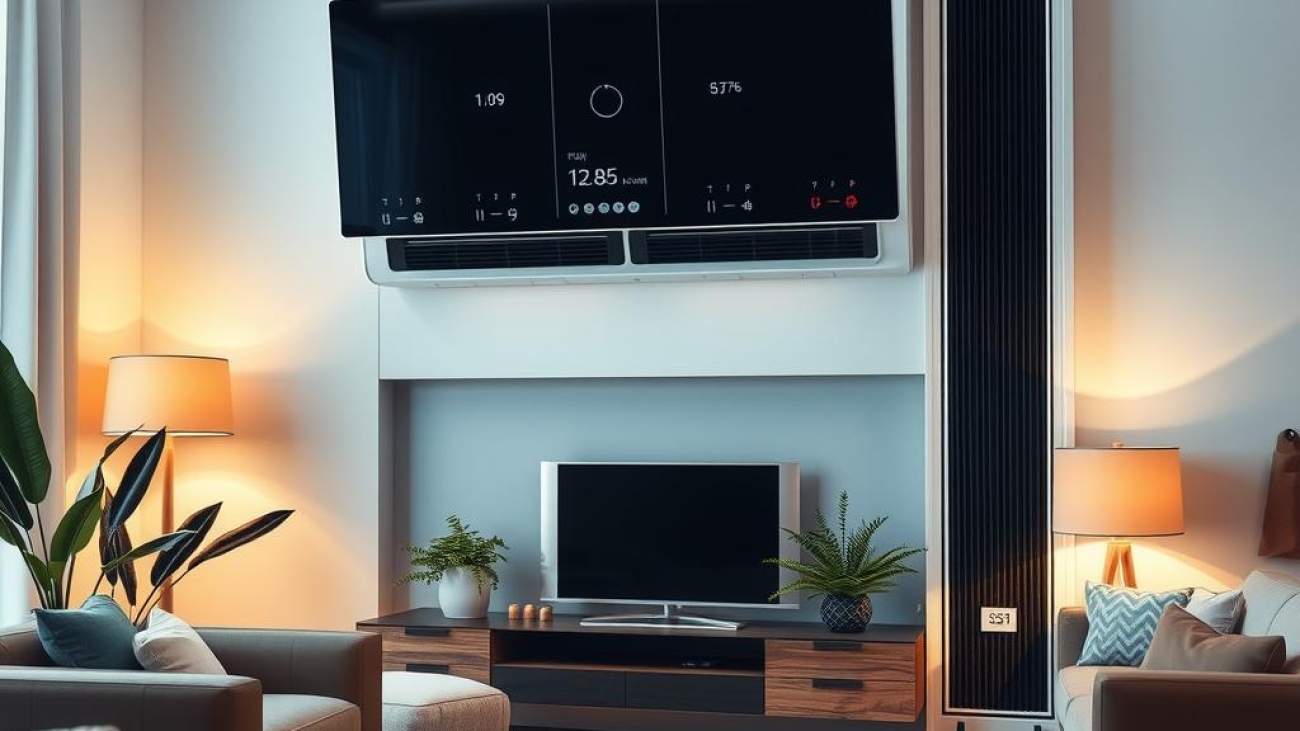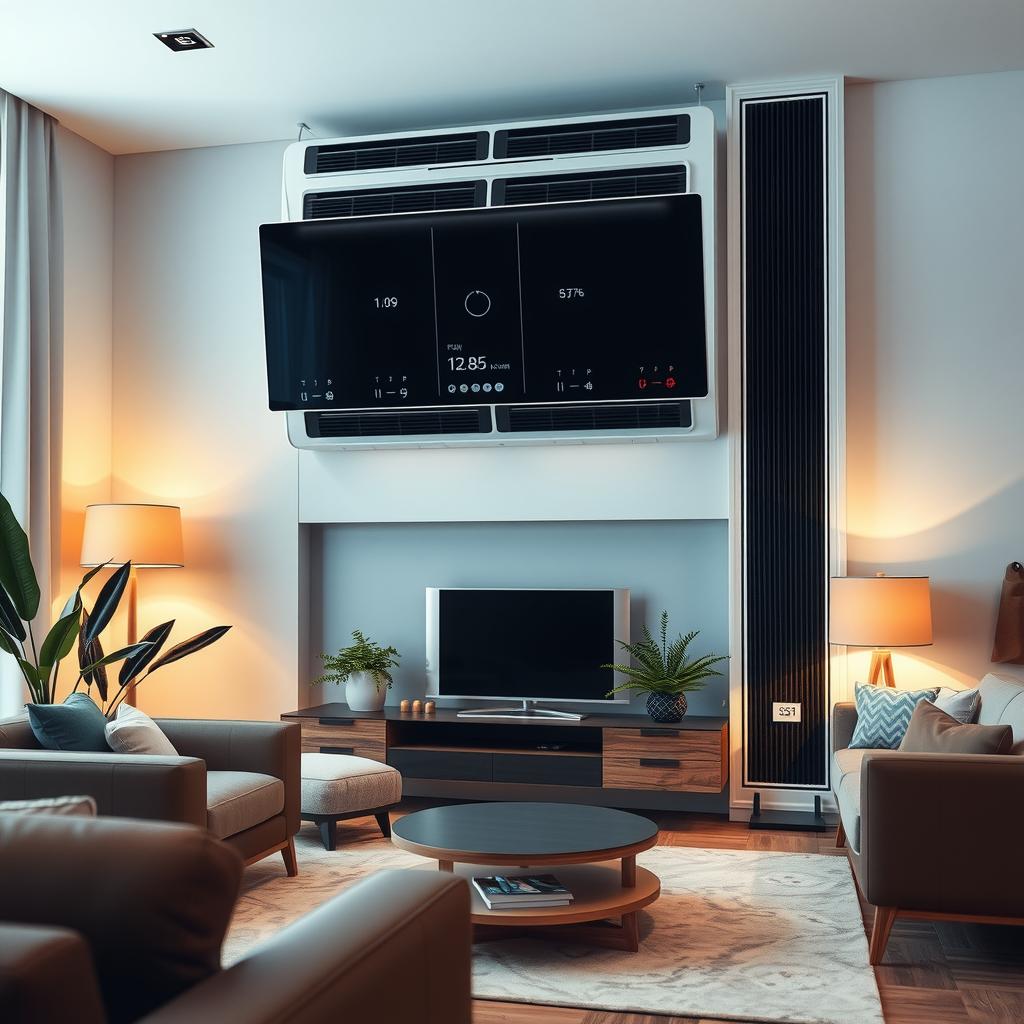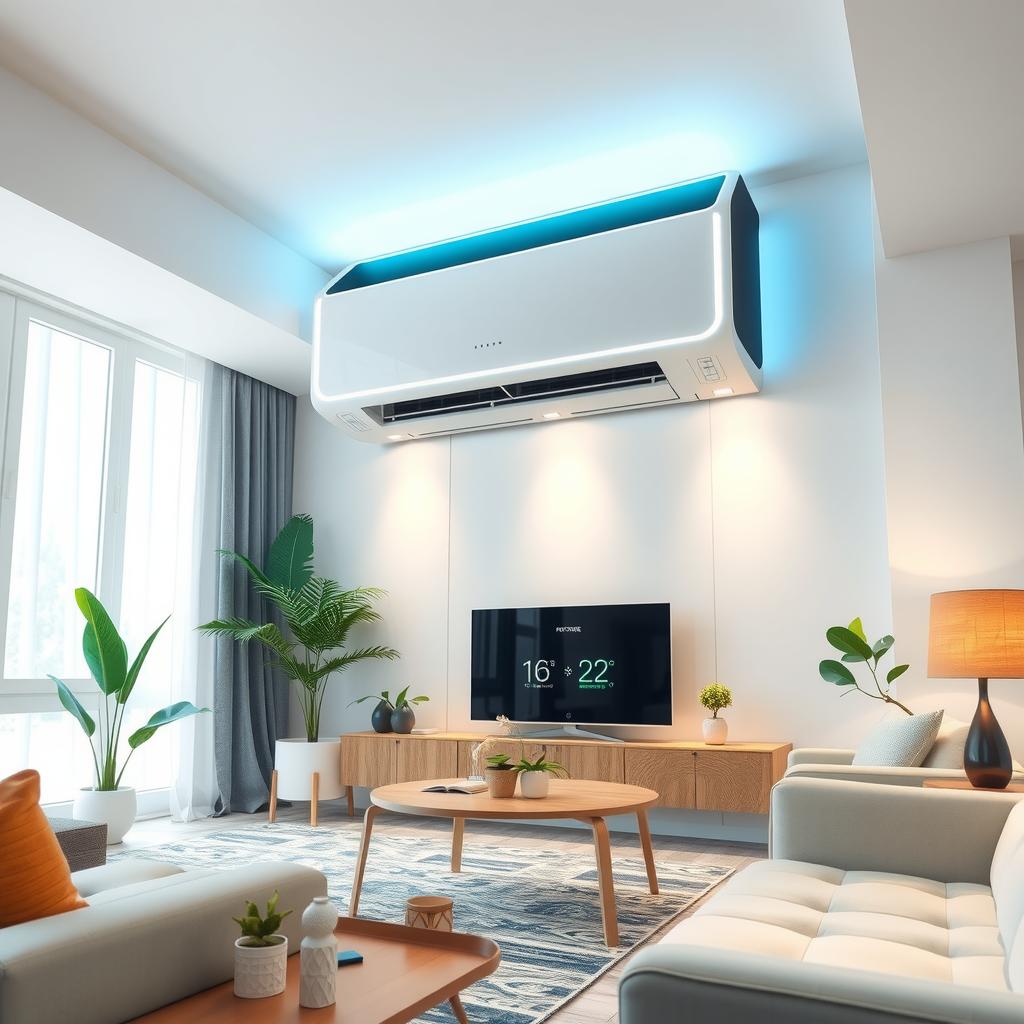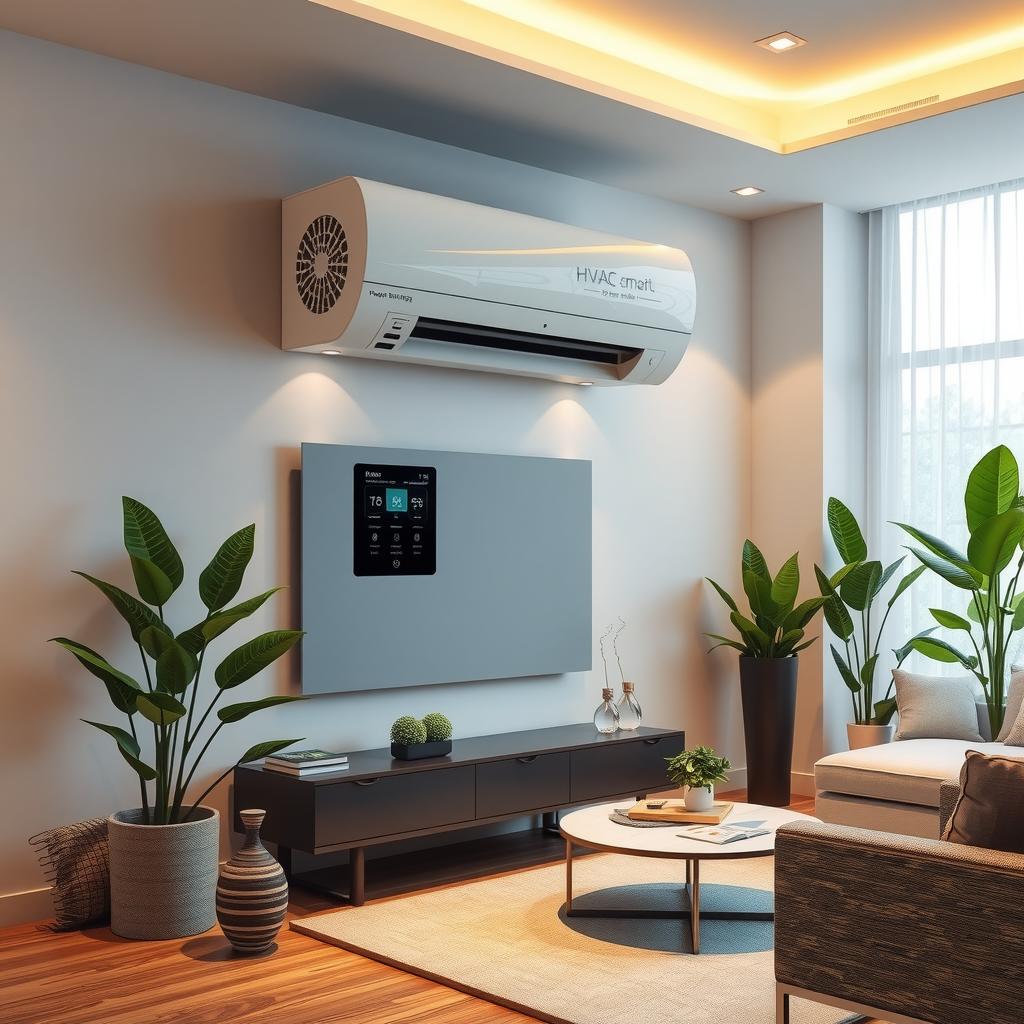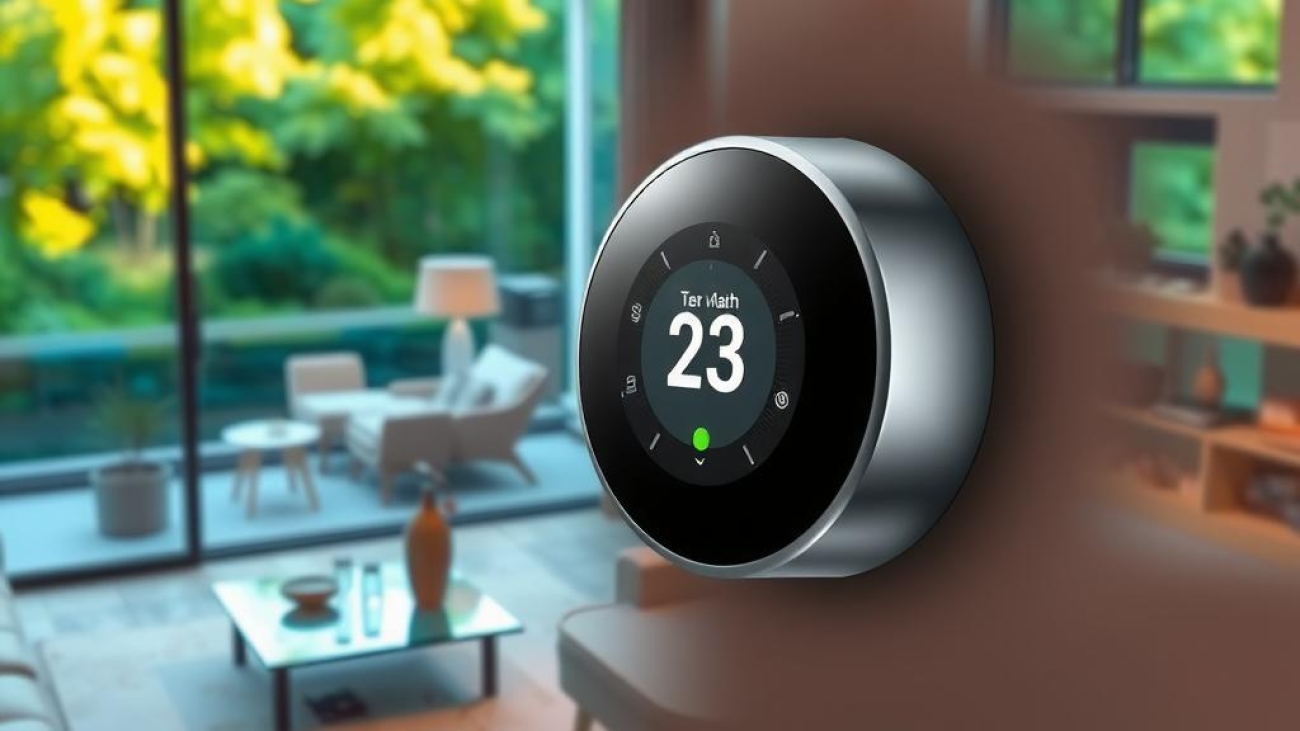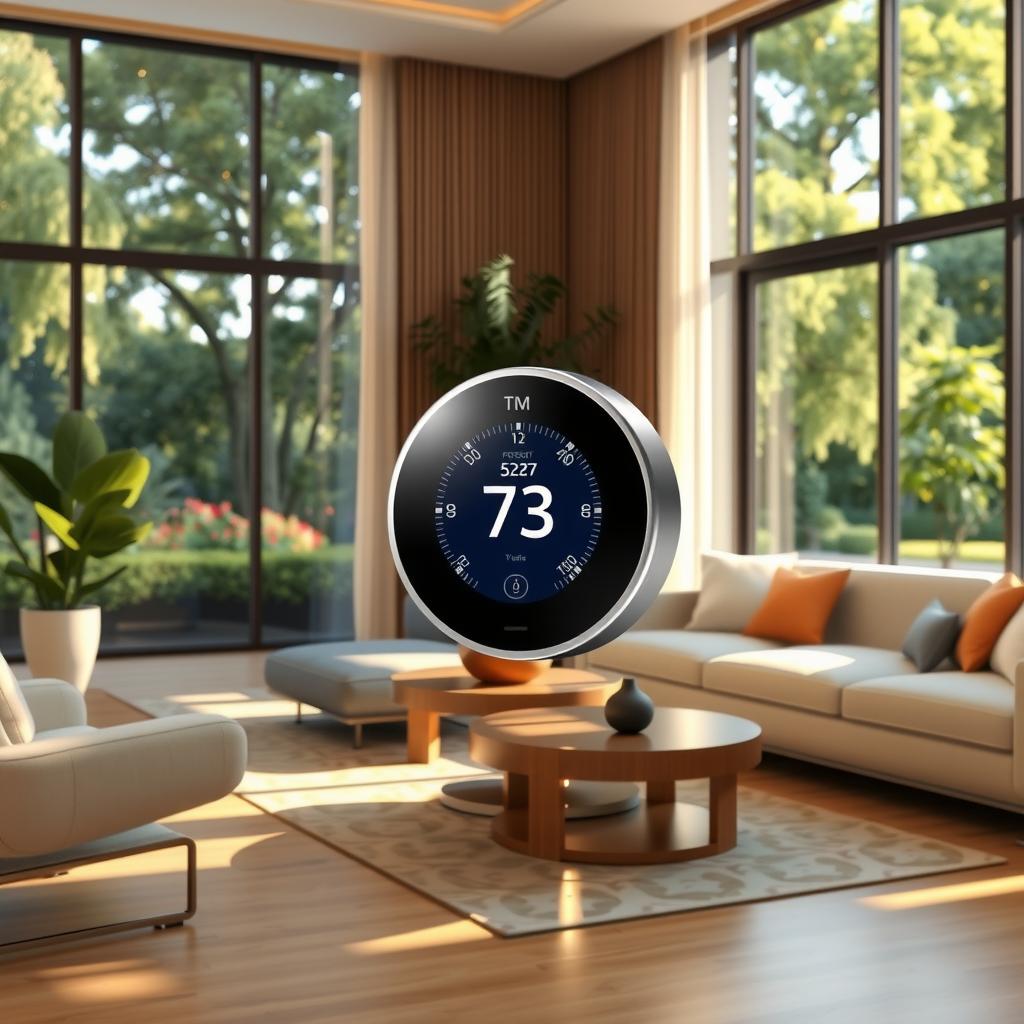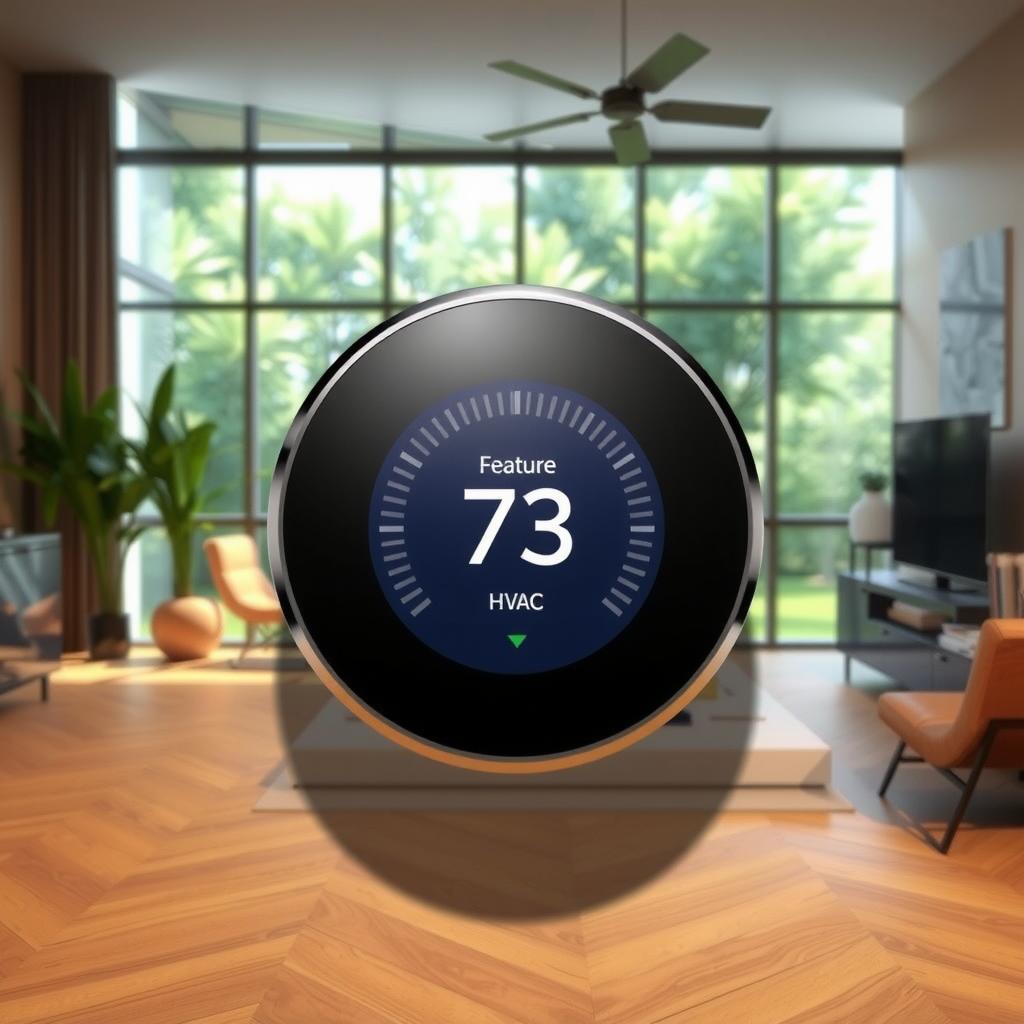In today’s world, where energy consumption and indoor comfort are paramount, many homeowners and businesses face the challenge of achieving optimal climate control across various spaces. Traditional HVAC systems often fall short in addressing the unique heating and cooling needs of different areas within a building, leading to discomfort, wasted energy, and increased utility bills. The solution lies in Multi-zone HVAC systems that offer tailored temperature management for individual zones or rooms. This blog post delves into innovative strategies for optimizing these multi-zone systems—strategies that not only enhance HVAC optimization but also promote significant improvements in energy efficiency.
Understanding how to effectively implement Multi-zone HVAC technology can transform indoor environments by providing precise temperature control while maintaining superior air quality. By utilizing advanced zoning techniques coupled with smart thermostats, property owners can ensure that every area receives the right amount of heating or cooling without unnecessary expenditure on energy resources. This targeted approach fosters a more comfortable living or working atmosphere while simultaneously addressing sustainability concerns—an essential factor as society increasingly prioritizes eco-friendly solutions.
This article will explore effective methods for maximizing system performance through strategic planning and installation practices associated with Multi-zone HVAC setups. Readers can expect insights into cutting-edge technologies such as variable refrigerant flow (VRF) systems, which allow for remarkable flexibility and responsiveness in meeting diverse climate demands throughout a building. Moreover, this guide will highlight essential considerations related to airflow management and ductless options that contribute significantly to improved indoor climate management.
As we navigate through various optimization strategies specifically designed for Multi-zone HVAC, readers will discover practical tips aimed at elevating their overall experience—both in terms of comfort levels achieved within their spaces and cost savings realized over time. The journey toward an enhanced environment begins here; understanding the full potential of multi-zone systems is crucial not just for convenience but also as part of a broader commitment to improving air quality while minimizing environmental impact.
Stay tuned as we unpack these transformative strategies that promise not only better functionality but also sustainable solutions tailored precisely to meet your specific needs—all made possible by harnessing the power of advanced Multi-zone HVAC technology.
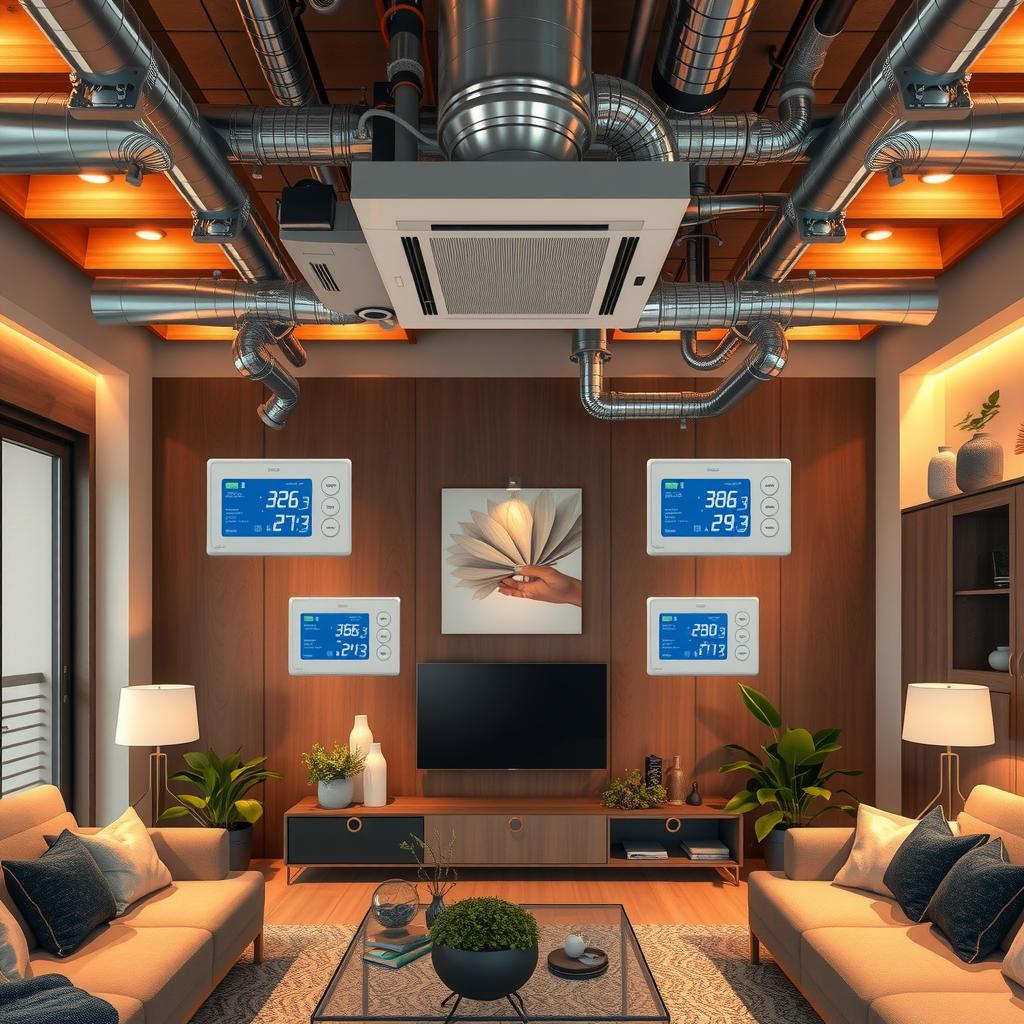
Key Points:
-
Zoning Control Technology: Effective use of zoning control technology in multi-zone HVAC systems allows for precise temperature regulation across different areas. This capability ensures that each zone receives the appropriate heating or cooling based on its specific occupancy levels and individual thermal needs, leading to enhanced energy efficiency and improved building comfort.
-
Advanced Sensors and Automation: Incorporating advanced sensors and automation into multi-zone systems can significantly enhance indoor climate management. These technologies monitor real-time conditions within various zones, allowing for adaptive adjustments that optimize system performance while promoting air quality improvement. Such innovations contribute to reduced operational costs by ensuring energy is not wasted in unoccupied spaces.
-
Integration with Smart Home Systems: The integration of multi-zone HVAC solutions with smart home technologies facilitates better control over energy consumption. By utilizing smart thermostats and mobile applications, users can remotely manage their home’s climate setup, ensuring optimal comfort tailored to personal preferences while maintaining a focus on sustainable solutions. This level of customization not only enhances user satisfaction but also aligns with modern eco-conscious living initiatives aimed at improving overall energy efficiency.
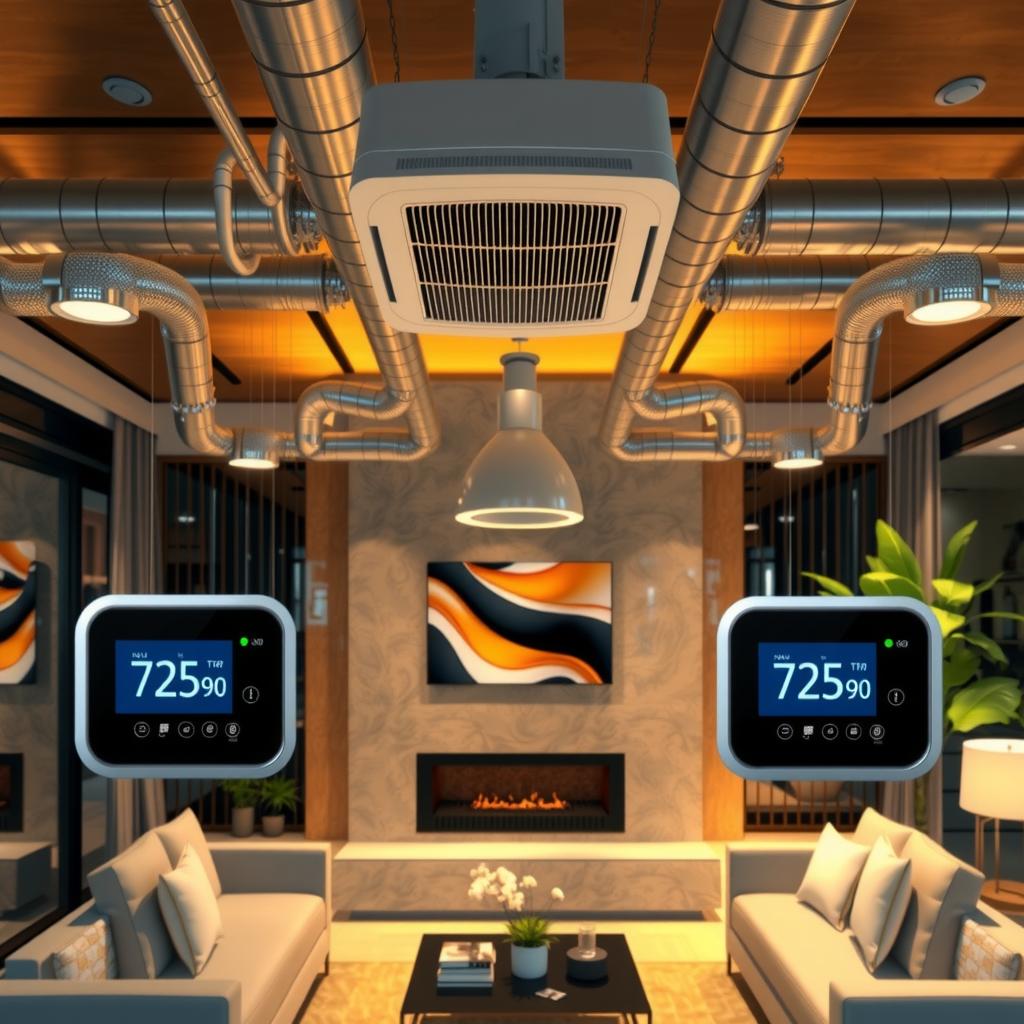
Introduction: Understanding the Need for Multi-Zone HVAC
The Evolution of Climate Control in Modern Architecture
In today’s rapidly evolving architectural landscape, the significance of tailored climate control solutions has never been more paramount. As buildings become increasingly sophisticated, integrating diverse functionalities and accommodating varied occupancy needs, multi-zone HVAC systems emerge as essential components for effective indoor climate management. These advanced systems allow for localized temperature control across different zones within a building, ensuring that each area can maintain its desired comfort level without compromising energy efficiency. This is particularly important in commercial spaces where varying activities—such as offices bustling with employees or quieter conference rooms—demand distinct atmospheric conditions.
Moreover, multi-zone HVAC contributes significantly to air quality improvement by enabling precise adjustments that cater to specific requirements. For instance, areas with high foot traffic may require more robust ventilation compared to private offices or storage rooms. By optimizing airflow and filtration based on real-time occupancy data and environmental factors, these systems enhance overall system performance while promoting sustainable solutions that align with modern ecological standards.
This growing emphasis on personalized climate control reflects a broader trend toward enhancing building comfort through technological innovations. As occupants increasingly prioritize their health and well-being within built environments, the demand for efficient temperature control becomes critical. With HVAC optimization, property managers can achieve significant reductions in energy consumption while also fostering an atmosphere conducive to productivity and satisfaction.
Furthermore, implementing multi-zone HVAC not only elevates comfort but also positions buildings as leaders in sustainability initiatives—a crucial aspect of contemporary design philosophy. Today’s architects and builders recognize the importance of creating spaces that are not just functional but also environmentally responsible; thus incorporating such intelligent systems supports both operational goals and corporate social responsibility agendas.
As cities continue to expand vertically with multi-story complexes becoming commonplace, the role of nuanced heating and cooling strategies cannot be overlooked. Each zone’s unique demands must be met efficiently through innovative technologies like multi-zone HVAC. In summary, embracing this evolution in climate control allows stakeholders—from developers to end-users—to reap numerous benefits ranging from improved energy efficiency metrics to enhanced occupant experiences—all pivotal elements shaping our future urban landscapes.
Innovative Techniques for Zoning Control
Enhancing Temperature Regulation and Resource Allocation
In the realm of building comfort, effective zoning control plays a pivotal role in achieving optimal indoor climate management. Utilizing multi-zone HVAC systems allows for targeted temperature regulation, which is essential for enhancing energy efficiency across different areas of a property. These advanced systems enable users to customize settings according to the specific needs of each zone, thereby improving overall system performance while ensuring that every room maintains its desired comfort level. For instance, during peak summer months, some rooms may require more cooling than others due to sun exposure or occupancy levels. In such cases, multi-zone HVAC solutions can balance these variations efficiently.
Moreover, innovative methods in zoning control contribute significantly to air quality improvement within buildings. By allowing individual zones to operate independently based on their unique requirements—such as varying airflow rates and filtration mechanisms—these systems help maintain consistent indoor air quality throughout the space. This not only enhances occupant health but also promotes sustainable solutions by minimizing energy wastage associated with traditional single-zone heating and cooling methods.
The integration of smart technology further amplifies these advantages by providing real-time data analytics on energy consumption and environmental conditions within each zone. Through this data-driven approach, building managers can make informed decisions about resource allocation while implementing proactive measures for HVAC optimization. With features like programmable thermostats and mobile app controls, occupants gain greater influence over their immediate environment without compromising system efficiency.
Additionally, adapting techniques such as thermal zoning employs insulation strategies that work synergistically with multi-zone HVAC setups. By isolating spaces requiring less conditioning from those needing more intense treatment—like basements versus upper floors—the system can allocate resources judiciously while minimizing operational costs associated with unnecessary heating or cooling.
As society continues striving towards sustainability goals amid rising energy demands, investing in adaptive strategies equipped with multi-zone HVAC technology emerges as an effective solution for modern buildings seeking both comfort and efficiency in their operations. Enhanced temperature control not only leads to substantial cost savings but also fosters environments conducive to productivity and well-being—a critical consideration in residential as well as commercial applications.
In conclusion (note: per request), it becomes evident that employing comprehensive zoning control methodologies paired with cutting-edge multi-zoning technologies offers a multifaceted approach toward improved climate management practices today; thus positioning them at the forefront of contemporary architectural design considerations aimed at meeting evolving lifestyle expectations efficiently without sacrificing user experience or ecological responsibility.
Benefits of Implementation: Enhancing Comfort and Energy Efficiency
The Tangible Advantages of Multi-Zone HVAC Systems
The adoption of multi-zone HVAC systems brings significant benefits to both residential and commercial spaces, fundamentally transforming indoor climate management. One of the primary advantages is the enhanced comfort achieved through precise temperature control across different zones. Unlike traditional single-zone systems that often lead to uneven heating or cooling, multi-zone configurations allow users to customize settings for various areas based on individual preferences or usage patterns. This capability not only contributes to a more pleasant living or working environment but also promotes energy efficiency by ensuring that energy is used where it is needed most.
Moreover, improved air quality emerges as a notable benefit when implementing multi-zone HVAC solutions. These systems typically include advanced filtration options that can be tailored for specific zones, effectively reducing allergens and pollutants in the air. Enhanced ventilation capabilities further ensure that fresh air circulates throughout different areas, leading to an overall healthier indoor atmosphere. As occupants experience better air quality within their environments, productivity levels may rise alongside general well-being.
In terms of operational costs, adopting multi-zone technology proves advantageous over time due to its inherent efficiency features. By allowing targeted heating and cooling strategies, these systems minimize unnecessary energy consumption—this translates into lower utility bills for consumers while simultaneously lowering carbon footprints associated with excessive energy use. When evaluating system performance metrics against those of conventional setups, it becomes evident that multi-zone HVAC technologies are not just a luxury; they represent sustainable solutions aimed at long-term cost savings.
Furthermore, integrating these sophisticated systems facilitates seamless automation possibilities through smart home technology advancements. Users can conveniently manage temperatures via mobile applications or programmable thermostats tailored specifically for each zone’s requirements—enhancing user engagement with their building’s environmental controls while streamlining operations further.
With society increasingly prioritizing sustainability and environmental responsibility in our choices today’s modern world demands efficient methods towards achieving optimal comfort levels indoors without compromising on economic viability—a challenge aptly met by multi-zone HVAC implementation strategies. By embracing this innovative approach towards heating and cooling infrastructure improvements—the tangible advantages become clear: boosted comfort levels paired with substantial reductions in operational expenses make multi-zone zoning an intelligent investment worth considering for any property owner looking forward into future-ready living conditions without sacrificing quality standards along the way!
In the pursuit of effective HVAC optimization, multi-zone HVAC systems stand out as a pivotal solution for enhancing energy efficiency and building comfort. These advanced systems allow for tailored climate management in different areas or zones within a structure, addressing varying occupancy levels and thermal needs. By utilizing zoning controls, facility managers can ensure that each zone receives precise temperature control according to its specific requirements, thereby maximizing user satisfaction without unnecessary energy expenditure.
One of the key advantages of implementing multi-zone HVAC strategies is their adaptability to changing conditions. As buildings evolve toward more sustainable solutions, these systems facilitate improved indoor climate management by dynamically adjusting airflow and temperature settings based on real-time data. This capability not only leads to enhanced air quality improvement but also significantly reduces operational costs associated with heating and cooling inefficiencies. Consequently, organizations can achieve substantial gains in energy efficiency while maintaining optimal comfort across all spaces.
Moreover, the integration of smart technology into multi-zone HVAC systems further amplifies their effectiveness in achieving HVAC optimization. Smart thermostats and sensors enable predictive maintenance techniques that enhance system performance by anticipating potential issues before they escalate. This proactive approach ensures that each zone operates at peak efficiency while minimizing disruptions to daily activities. Ultimately, investing in multi-zone technologies paves the way for smarter energy use—an essential goal for modern living spaces committed to balancing comfort with eco-consciousness.
FAQ:
Q: What are the benefits of using multi-zone HVAC systems?
A: Multi-zone HVAC systems provide tailored climate management across various areas within a building, enhancing energy efficiency while maintaining optimal building comfort through targeted temperature control.
Q: How do multi-zone HVAC strategies contribute to air quality improvement?
A: By enabling precise airflow adjustments based on occupancy levels and individual zone requirements, multi-zone HVAC strategies help maintain better indoor air quality while reducing operational costs associated with inefficient heating or cooling practices.
Q: Can smart technology improve the performance of multi-zone HVAC systems?
A: Yes, integrating smart technology such as thermostats and sensors into multi-zone HVAC systems allows for predictive maintenance and dynamic adjustments that optimize system performance over time.
